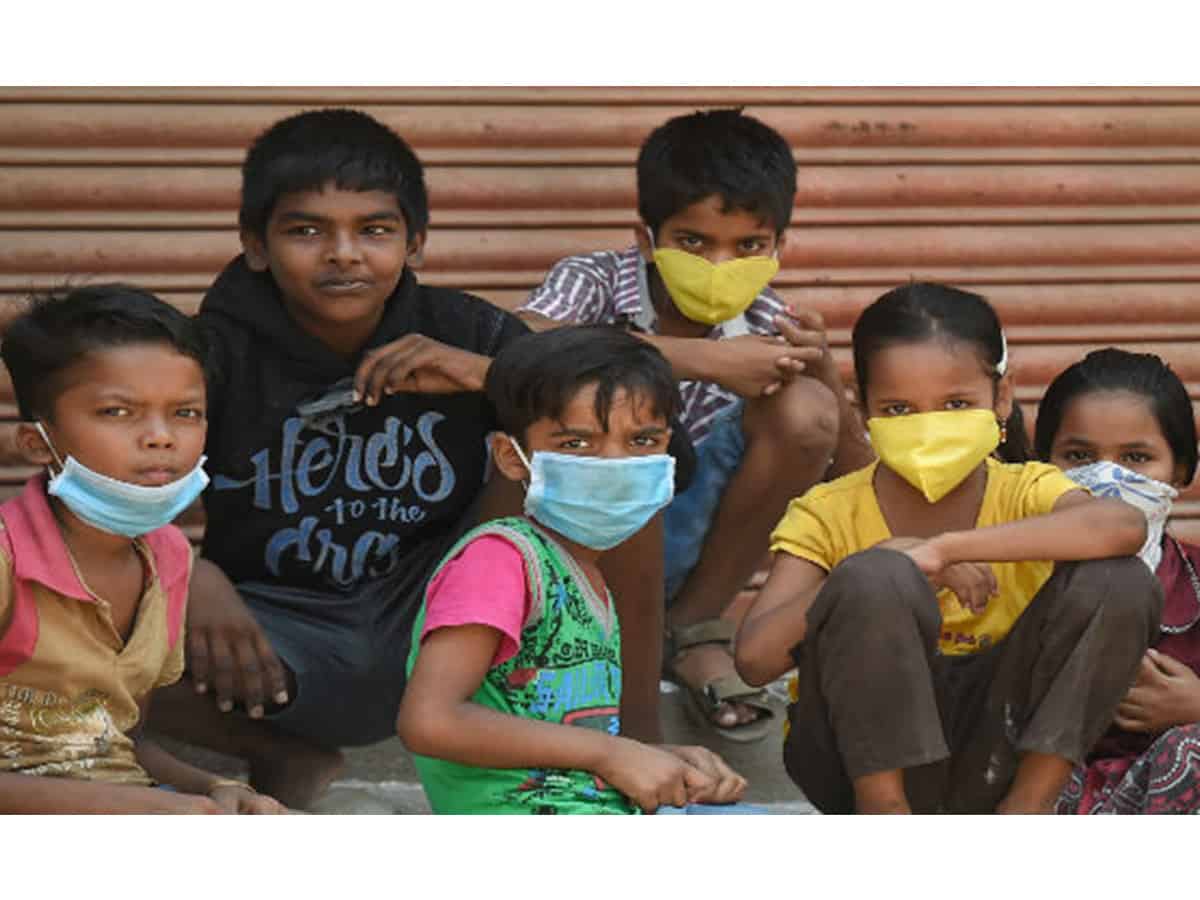Hyderabad: Around 70 per cent of COVID-19 infected individuals did not infect any of their contacts, while 8 per cent of infected individuals accounted for 60% of observed new infections, a study by the Centre for Disease Dynamics and Policy (CDDEP) conducted in Tamil Nadu and Andhra Pradesh said. The study also found a high prevalence of infection among children who were contacts of cases around their own age and called them ‘active transmitters’ of the novel coronavirus.
In what is possibly the world’s largest and comprehensive contact tracing study to understand transmission patterns of COVID-19, CDDEP along with the governments of Tamil Nadu and Andhra Pradesh studied 575,071 individuals exposed to 84,965 confirmed COVID-19 cases.
The study highlights that the risk of disease transmission is high for household contacts, but the risk is highest from close proximity traveling and sharing conveyance with infected persons. India has the highest COVID-19 death rate in the 40 to 70 years age group, unlike wealthy countries like the US where the geriatric population has a higher death rate, the study revealed.
Besides, the researchers of the study discovered that in terms of community spread there are only 1 in 40 chances of catching the virus from someone who isn’t a family member or share the household. In comparison, prolonged close contact with super spreaders can lead to a 79 per cent chance of infection.
According to the director of CDDEP Dr. Ramanan Laxminarayan, “This study was made possible by the significant contact tracing effort in Andhra Pradesh and Tamil Nadu, which involved tens of thousands of healthcare workers.”
“The results on disease transmission and mortality have the potential to inform policy to fight COVID-19. The study also speaks to the capacity of research emerging from India to help inform the global response to COVID-19,” he further added.

